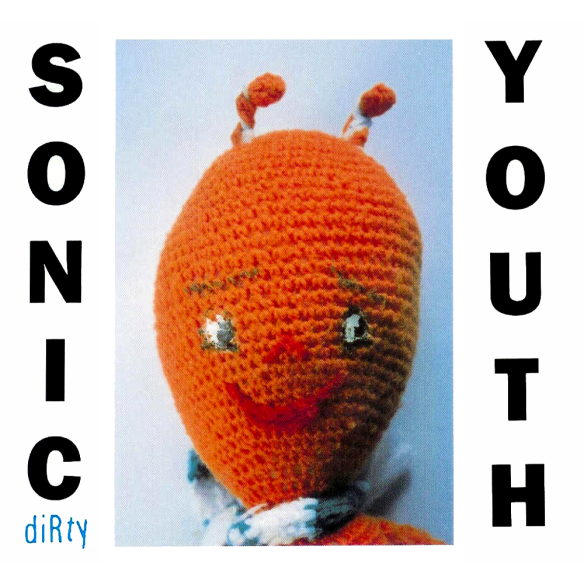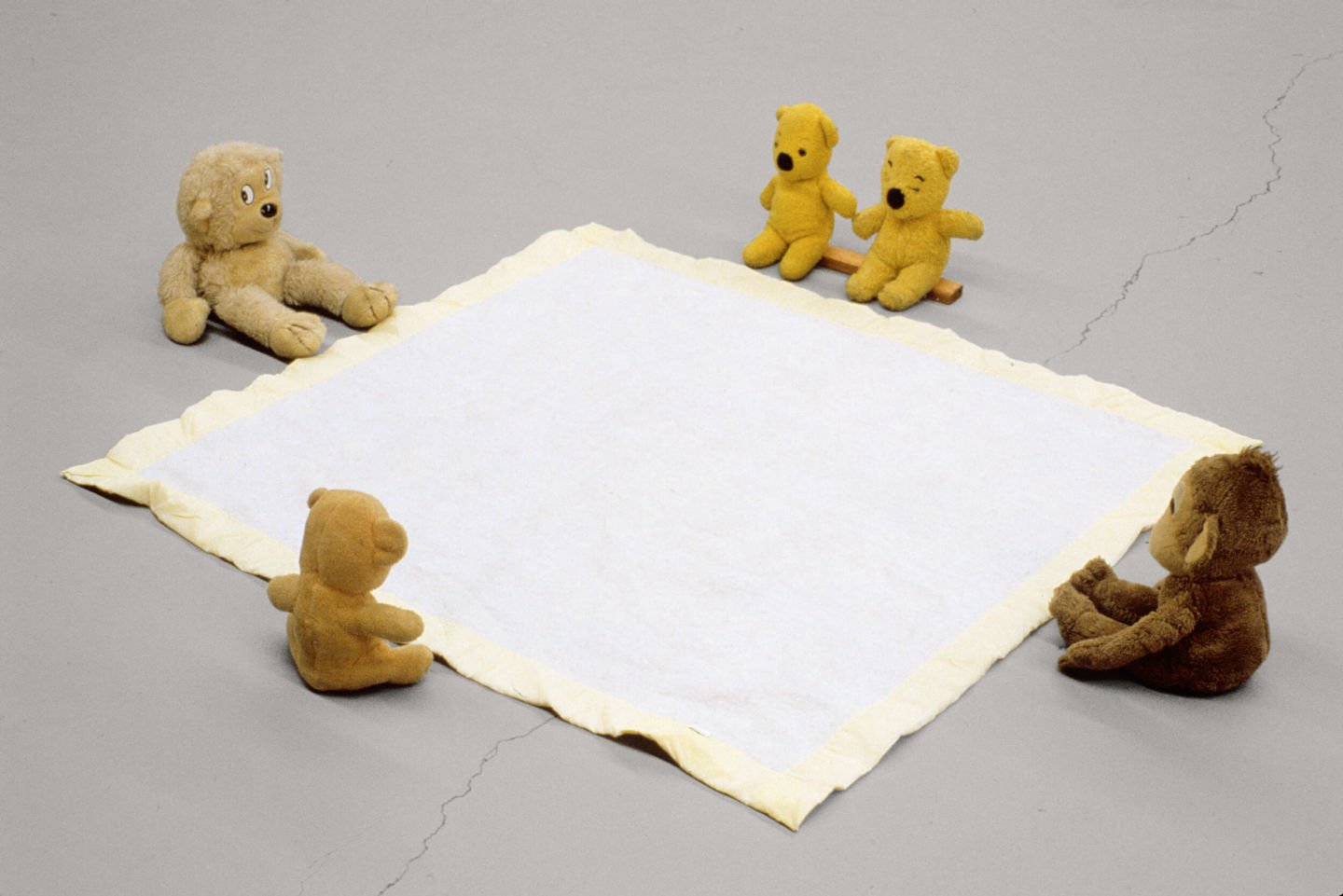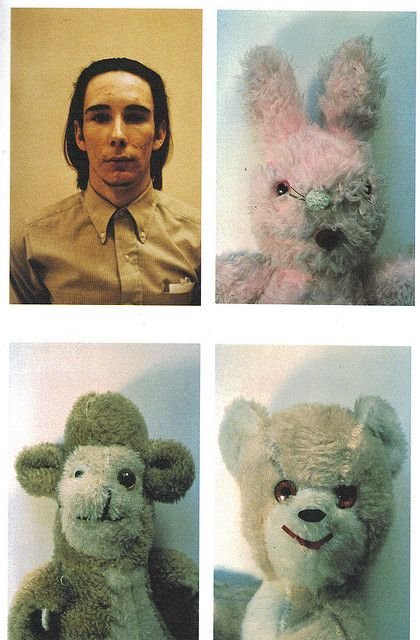DAY 18
🏴MIKE KELLEY Dirty Toys: Interview with Ralph Rugoff (1991)
RALPH RUGOFF: The dolls and stuffed animals in your work often evoke objects left at the scene of a child abduction.
MIKE KELLEY: Because dolls represent such an idealised notion of the child, when you see a dirty one, you think of a fouled child. And so you think of a dysfunctional family. In actuality, that's a misreading, because the doll itself is a dysfunctional picture of a child. It's a picture of a dead child, an impossible ideal produced by a corporate notion of the family. To parents, the doll represents a perfect picture of the child. It's clean, it's cuddly, it's sexless, but as soon as the object is worn at all, it's dysfunctional. It begins to take on characteristics of the child itself — it smells like the child and becomes torn and dirty like real things do. It then becomes a frightening object because it starts to represent the human in a real way and that's when it's taken from the child and thrown away.
In our culture, a stuffed animal is really the most obvious thing that portrays the image of idealisation. All commodities are such images, but the doll pictures the person as a commodity more than most. By virtue of that, it's also the most loaded in regard to the politics of wear and tear.
R: Does this prejudice against dirtiness strike you as something peculiarly American?
MK: I'm sure all cultures have something that takes the place of dirt in ours — of the repressed thing. That's part of the machinery of culture. But in America, there also seems to be an intense fear of death and anything that shows the body as a machine that has waste products or that wears down…🏴
📸Sonic Youth, Dirty, 1992; Mike Kelley, Arena #7 (Bears), 1990, Found stuffed animals and blanket; and other bears



